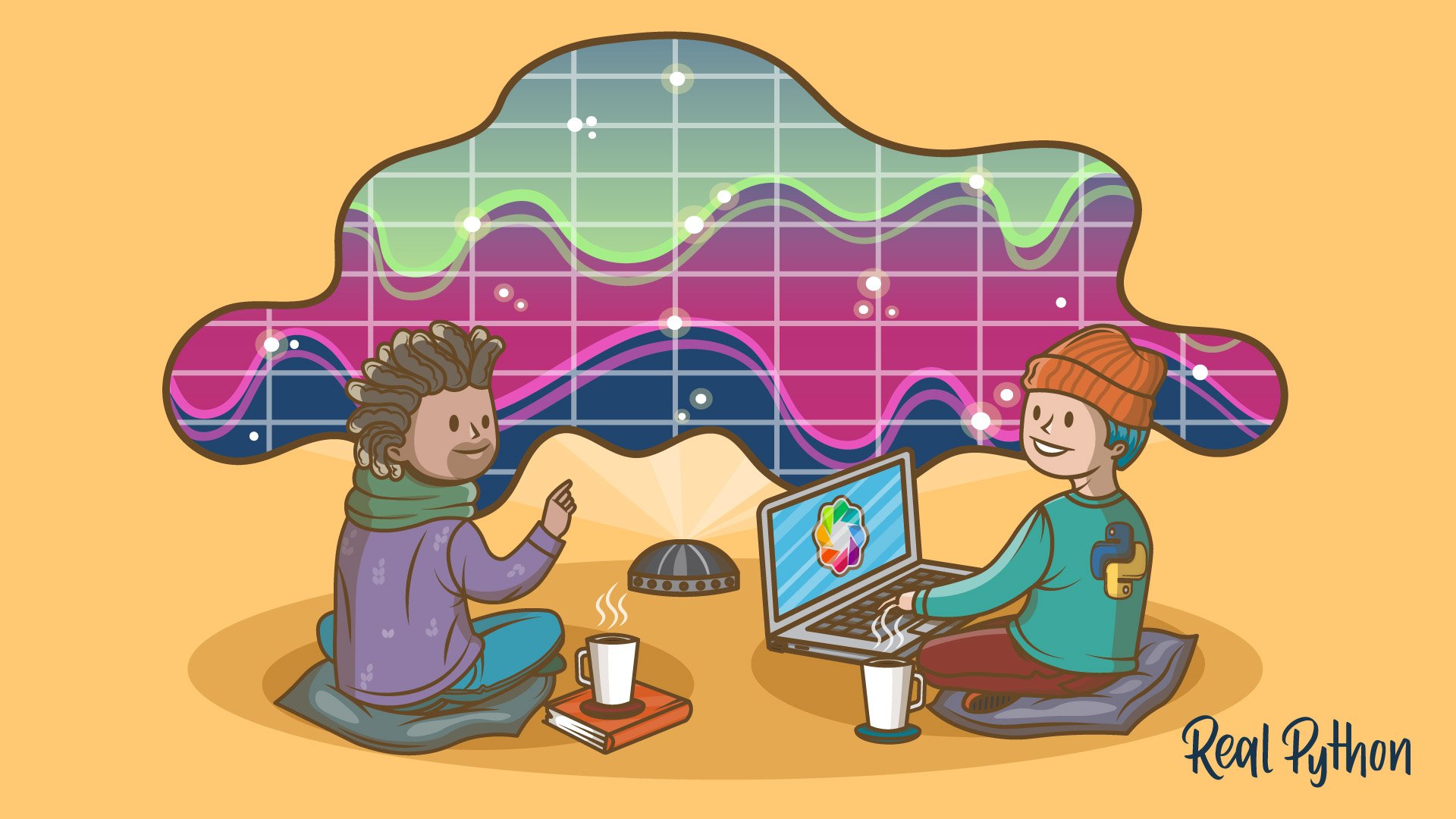

createTextNode ( "Some data." )) document. createElement ( "Button" ) addDataButton. map ( function ( v ) const addDataButton = document. To future-proof this current usage of this method, wrap the return value in list.

linspace ( - 0.5, 20.5, 10 ) const y = x. In a future version of Bokeh, this method will return a dictionary mapping property names to property objects. You should see the flight tracking application running in the web browser as in figure below.// create some data and a ColumnDataSource const x = Bokeh. Finally open a web browser and type localhost:portnumber (eg. If you see no error for a while, it means everything is going well.
#BOKEH PYTHON CODE#
When the code is executed, it will run the Tornado web server. Server = Server(apps, port =1002) #define an unused port #FLIGHT TRACKING FUNCTION def flight_track(doc):įlight_source = ColumnDataSource( # COORDINATE CONVERSION FUNCTION def wgs84_to_web_mercator(df, lon = "Long", lat = "Lat"): #IMPORT LIBRARY import urllib.request import json import ssl import pandas as pd from otting import figure,ColumnDataSourceįrom bokeh.models import HoverTool,WMTSTileSource,LinearColorMapper,LabelSetįrom bokeh.palettes import RdYlBu11 as paletteįrom bokeh.application import Applicationįrom import FunctionHandler The last three line is the server related codes, where we define application function handler, port number to be used for the application and start the server when the code is running.At line 53 the updated function is calling for every 1000 millisecond (1 second).Otherwise, the data will be appended with the old data, causing the number of data will grow in each updating step. In streaming the updated data at line 50, we are using the length of data frame's row as the number of roll back property, to store only the updated data in the column data source.It will be used later for streaming the updated flight data response. In line 30, we initiate a bokeh column data source in a dict.These libraries will be used for the server.

In the import section, we add some bokeh libraries such as Server, Application and FunctionHandler (line 9-12).
#BOKEH PYTHON FULL#
If you get stuck of course you can cheat the complete code at the end of this tutorial.īefore seeing the full code for the tracking application, let's me explain some parts of the code that not explained before.
#BOKEH PYTHON UPDATE#
# CONVERT TO BOKEH DATASOURCE AND STREAMING #CALLBACK UPDATE IN AN INTERVAL. #SEND REQUEST, READ RESPONSE AND LOAD AS JSON. #FLIGHT TRACKING FUNCTION def flight_track(doc): In general, the code frame will look like this: So in this section we just extend our knowledge to compose the application that works with bokeh server.

We will create an application which is running o web page that will be refreshed each second, so that we can track aircraft's position time by time.Īll the basic techniques already explained in the previous step. The last section of this tutorial is to build an almost real time flight tracking application. It would be good for static map but not preferred for dynamic map which is updated in a short interval.īuild Real time Flight Tracking Application It's not really nice and too many labels will slow down the server when rendering the point on the map. It works, but too many labels are overlapping to each other. Aircraft's position with label and hover tool You should get a map like figure 5 below.įigure 5. circle( 'x', 'y',source =flight_source,fill_color = "blue",size =10,fill_alpha =0.8,line_width =0.5)Īfter finishing the code by adding color palette, hover and labelling, execute the code. Sizing_mode = 'scale_width',plot_height =300) P =figure(x_range =x_range,y_range =y_range,x_axis_type = 'mercator',y_axis_type = 'mercator', pi /360.0)) * kįlight_source =ColumnDataSource(flight_df) The active tool is indicated on the toolbar by a highlight next to the tool. For the first three comprise the category of gesture tools, and only one tool for each gesture can be active at any given time. #FUNCTION TO CONVERT GCS WGS84 TO WEB MERCATOR def wgs84_to_web_mercator(df, lon = "Long", lat = "Lat"):ĭf = np. There are five types of tool interactions: Pan/Drag. fillna( 'No Data') #replace NAN with No Data # DEFINE COORDINATE RANGE IN WEB MERCATOR COORDINATE SYSTEM (EPSG:3857) DataFrame(js_str,columns =)įlight_df =flight_df. #SEND REQUEST, READ RESPONSE AND LOAD AS JSONįlight_df =pd. #IMPORT LIBRARY import pandas as pd import urllib.request import json import ssl from otting import figure, show, ColumnDataSourceįrom bokeh.tile_providers import STAMEN_TONER


 0 kommentar(er)
0 kommentar(er)
